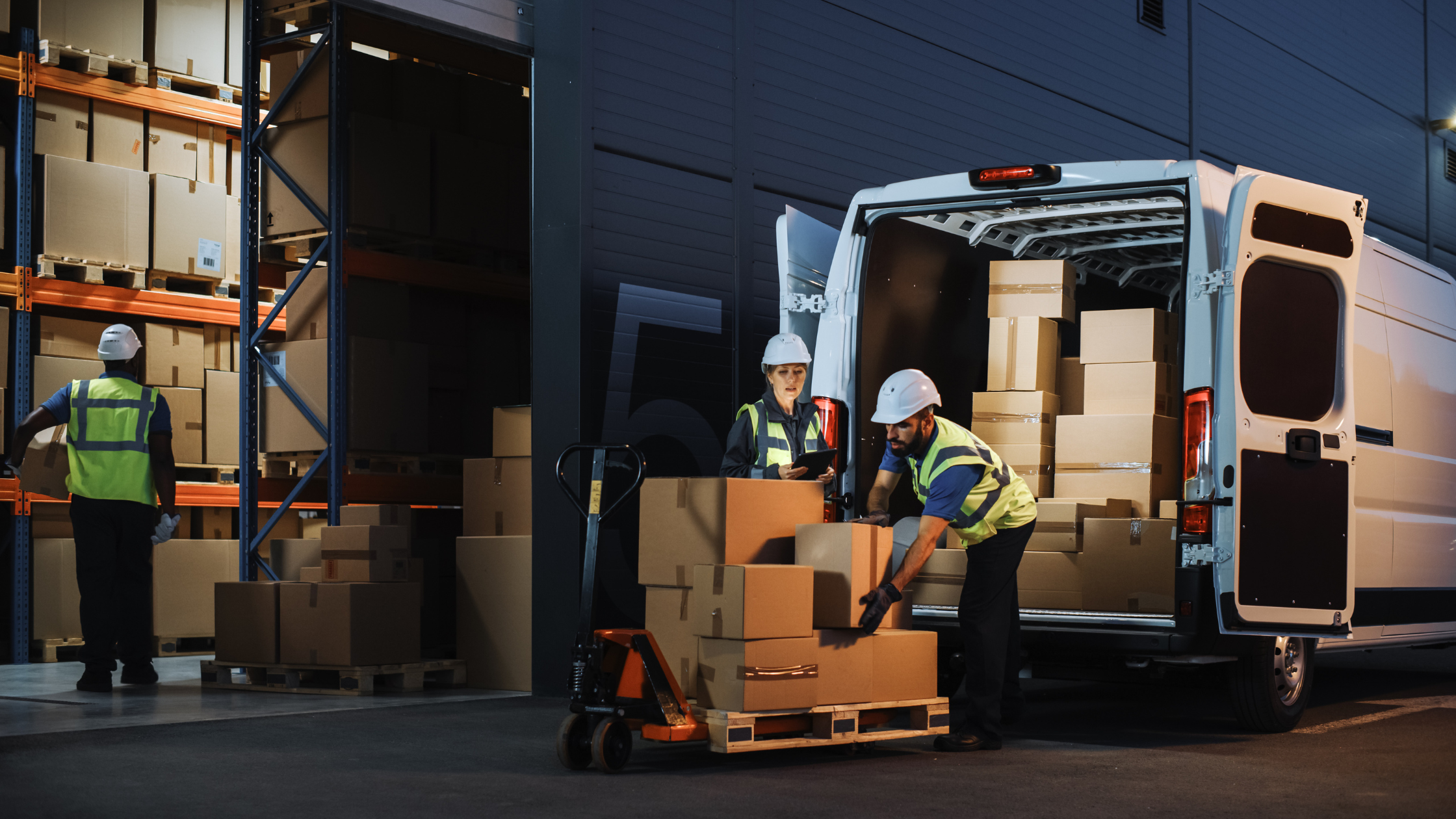If you’re in the hospitality or food preparation sector, you likely already know how critical it is to prepare and serve food safely by following recommended guidelines.However, if you’re also involved in transporting prepared food or food ingredients, there’s much more you need to know. Here’s a crucial primer on the safe transportation of food products.
The Most Important Aspects of the Safe Transportation of Food
The following components of safe food transportation are the following:
- Start with clean and sanitized vehicles. The first step in ensuring the safety of food during transportation is to start with clean and sanitized vehicles. This means washing and disinfecting all surfaces, including floors, walls, and equipment. It is also important to keep vehicles free of pests and rodents.
- Keep food at the proper temperature. One of the most important things to do to keep food safe during transportation is to keep it at the proper temperature. This means transporting perishable foods in refrigerated or frozen vehicles. It is also important to keep food away from heat sources, such as the engine or the sun.
- Use proper packaging. The type of packaging you use can also affect the safety of your food during transportation. Make sure to use packaging that is sturdy and will protect your food from damage. You should also use packaging that is appropriate for the type of food you are transporting. For example, you would not want to use a cardboard box to transport meat, as this could contaminate the meat.
- Transport food quickly. The longer food is in transit, the more likely it is to spoil. Therefore, it is important to transport food as quickly as possible. If you are transporting food over a long distance, you may want to consider using a refrigerated truck or a frozen truck.
- Follow proper procedures. Finally, it is important to follow proper procedures when transporting food. This includes things like loading and unloading food properly and keeping food away from people who are sick. By following these procedures, you can help to ensure that your food arrives at its destination safe and sound.
The Last Word on Keeping Food Safe for Transportation
Safe transportation of food requires close attention to detail and dedication to exacting standards. You will need to inspect your vehicles regularly for any signs of damage or contamination and keep your vehicles clean and well-maintained if you want to be successful. Additionally, you need to train your employees on not just proper food handling but also proper transportation procedures. Establish a system for tracking the temperature of your food during transportation and have a plan in place in case of a food safety emergency as well. Taken together, all these steps can help to ensure that your food is safe and arrives at its destination in good condition.
